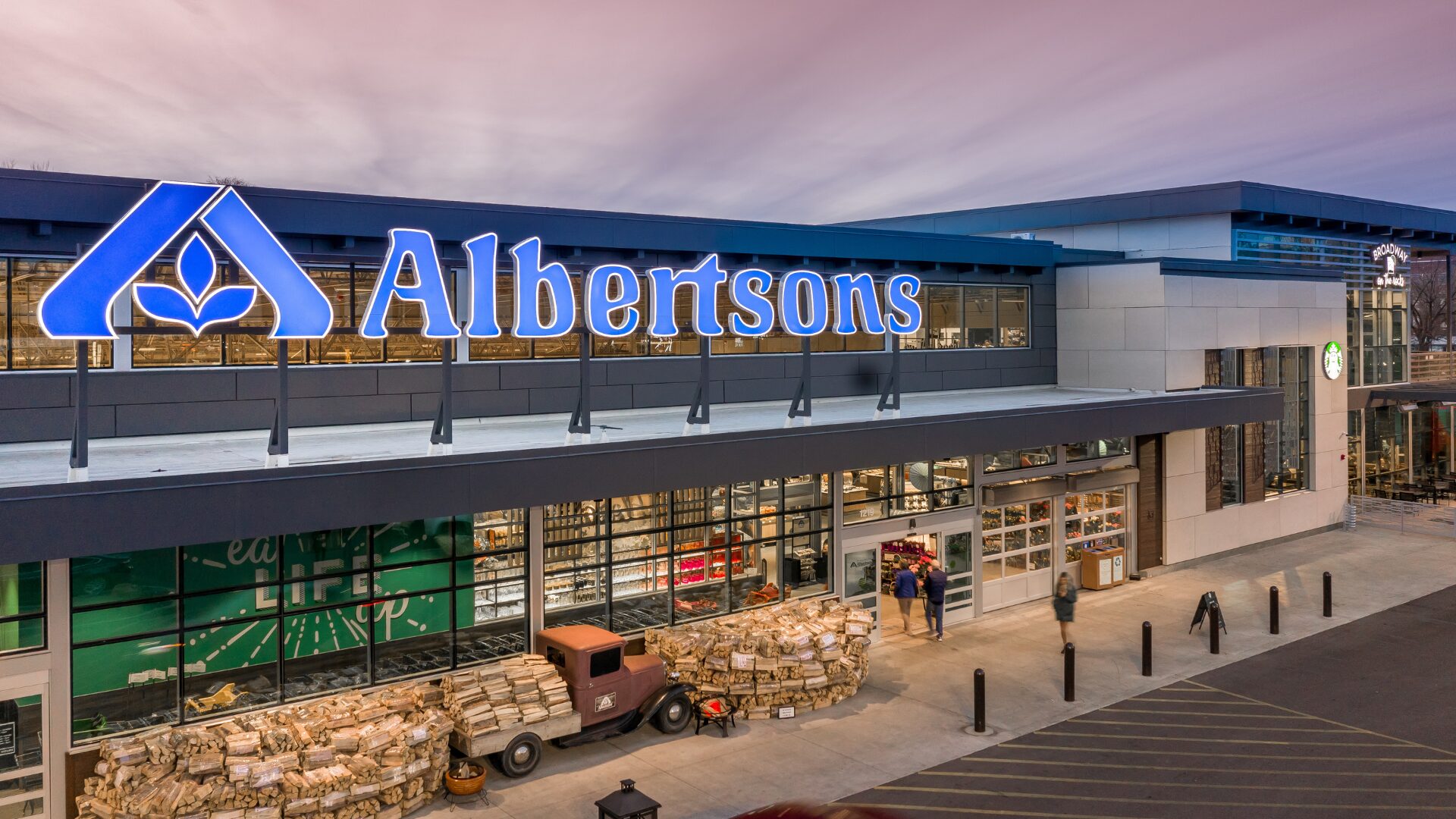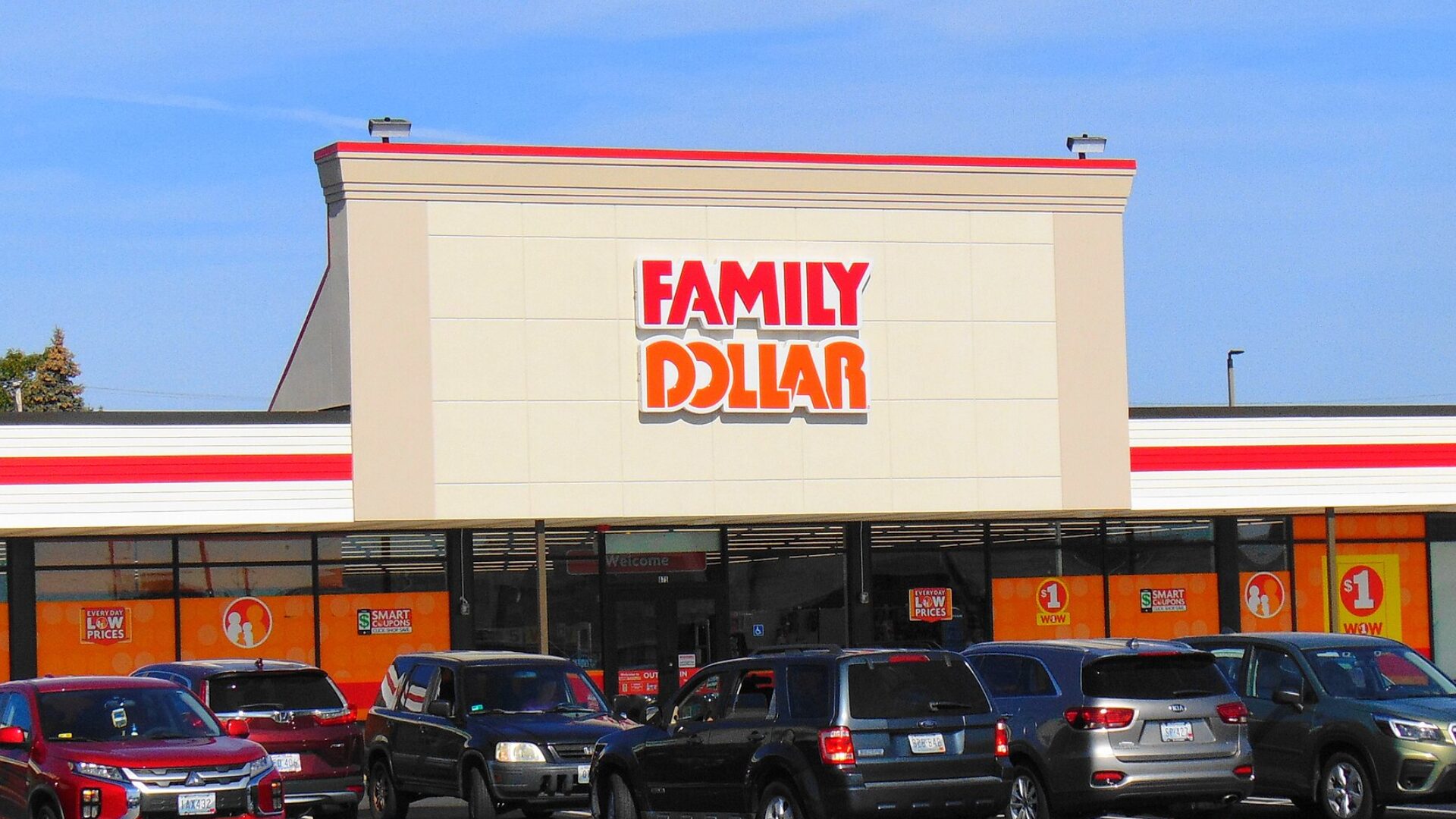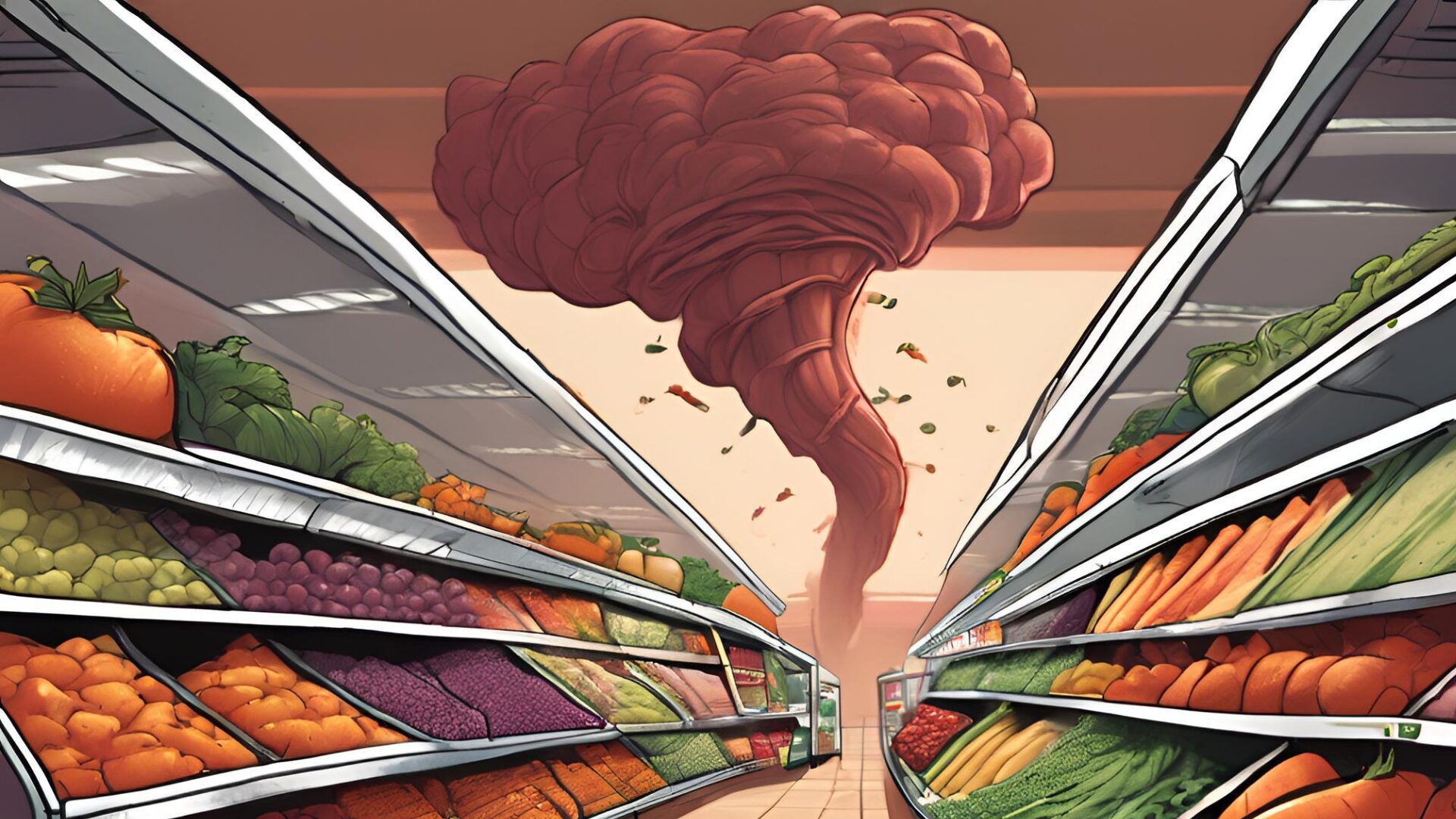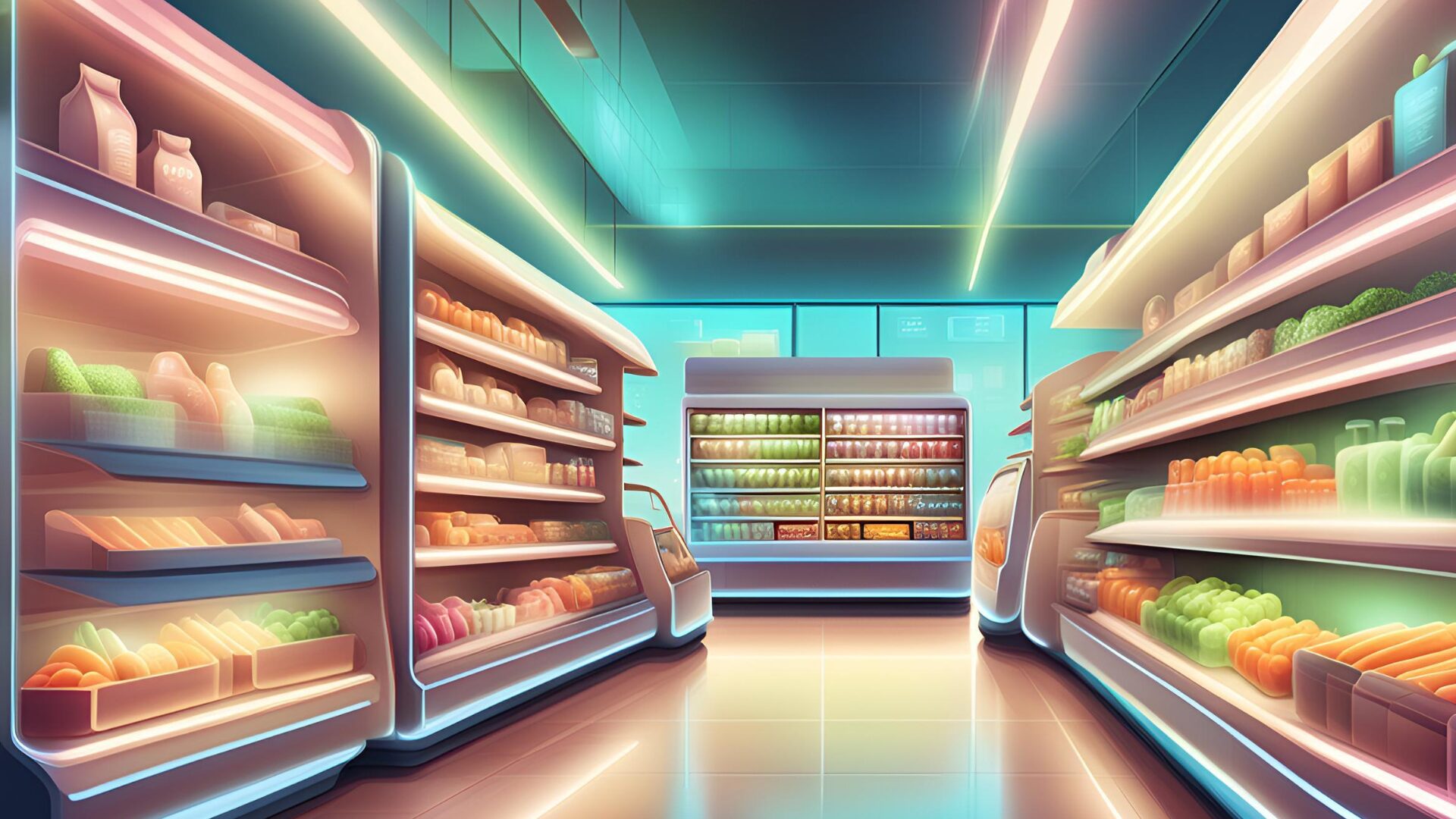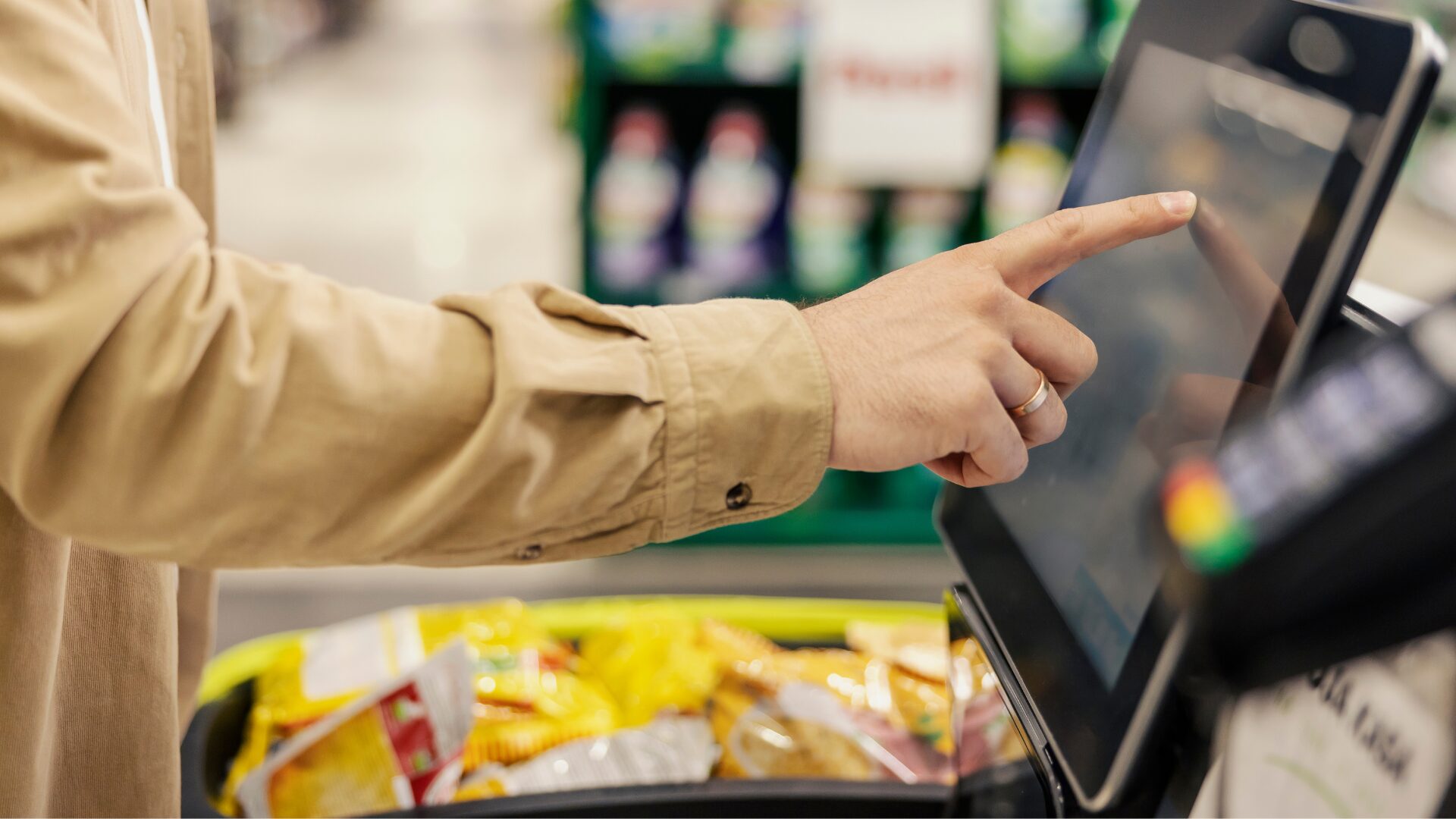This article is sponsored and written by BARREL.
For many fast-growing CPG brands, the website becomes a side note. When retail is the primary growth engine and Amazon is holding steady, the brand’s site gets viewed as a basic necessity or a place to park product info. Updates happen here and there. New packaging triggers a refresh. A new product line leads to a few new pages. But in between, the website sits quietly in the background.
It makes sense on paper. If most revenue comes through retail or marketplaces, the site can feel like a low priority. But that logic misses something important. For customers, the website remains a primary source of information when they want to understand what a brand is all about.
They might discover the product on a shelf or through a friend. They may click a link in an email or search for the brand after seeing a post on social. Wherever they came from, their visit to the website is intentional. It signals curiosity. The question is whether the site is ready to meet them there.
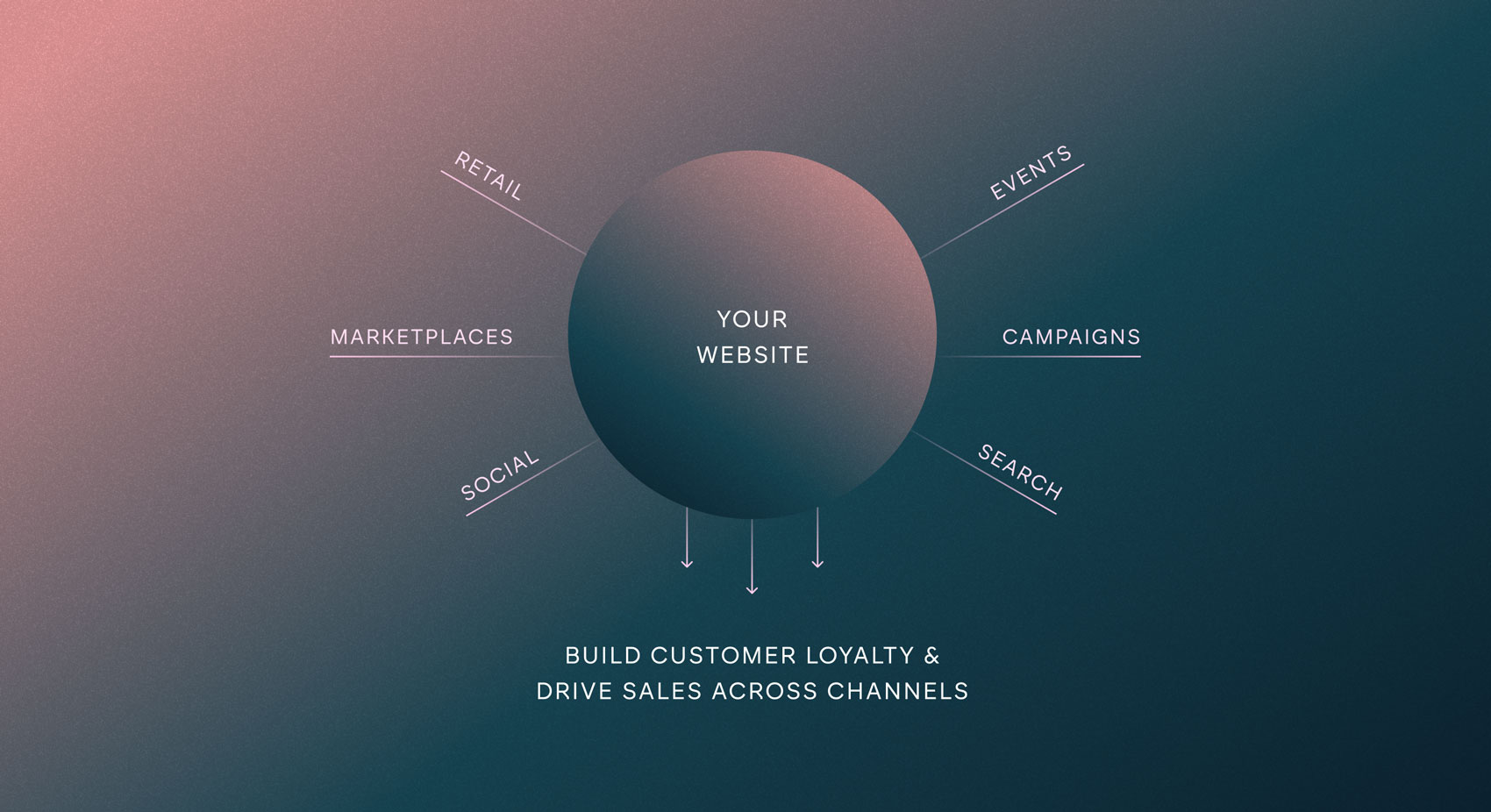
Source: BARREL
Too often, brands put off investing in the website because they believe it needs to be perfect. A full redesign. A massive overhaul. But treating the site like a big project that only gets touched every few years leads to long stretches of stagnation. The site starts to feel dated. Messaging gets out of sync. It no longer reflects what the brand is doing elsewhere. And the customer, trying to find answers, leaves confused or let down.
There’s a better way to approach your brand’s website.
Not constant iteration for the sake of activity. Not a full rebuild every time something changes. But deliberate focus at the right times, aimed at the right opportunities.
That might mean sharpening the story behind your hero products. It could be showcasing your social community, building an inspiration hub with recipes and usage ideas, or offering a deeper look at your ingredients. It might mean creating flexible landing page templates to support retail pushes or limited-time drops. Or, it may entail reworking the navigation so customers can easily explore your full catalog.
These are not complex ideas. But they require intention. They come from viewing the website as part of the brand experience rather than a separate channel. When that shift happens, the value of the site becomes easier to see.
A website update might not lead to instant revenue. That can make it hard to justify if you’re only looking at last-click attribution. But a more confident site experience, aligned with the rest of your marketing, leads to better engagement. More time on site. Lower bounce. A smoother path for discovery and purchase. Even when conversion happens elsewhere.
The idea that digital is an isolated experience no longer holds up.
Customers bounce between physical and digital touchpoints every day. Sitting down at a restaurant, reading the menu online. Ordering groceries weekly. Scanning a loyalty program at their favorite cafe. A brand’s website is still the one place it can own fully. It’ is where the brand offers clarity, reinforces identity, and guides someone from interest to action, whether that means buying online or heading to a store.
If the site is not helping make that connection, it’s worth asking why. Not every update needs to be a heavy lift. But every brand deserves a site that reflects who they are and what they stand for. That means treating it as something with long-term value, not a set-it-and-forget-it tool. Not a vanity project. A critical piece of the brand experience.
It’s your flagship. Own it.
Learn more about Barrel’s work with CPG brands such as McCormick, Sweet Loren’s, and Once Upon A Farm at barrelny.com.





